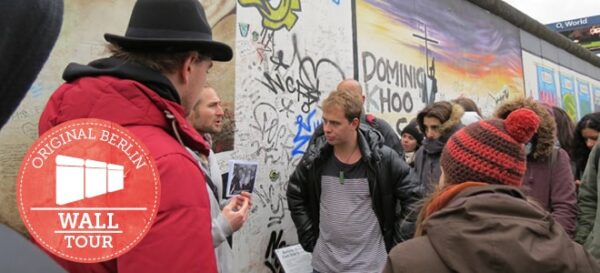Visiting a concentration camp museum near Berlin is a powerful and important way to learn about the atrocities committed during the Holocaust and to remember the innocent lives lost. This blog post will guide you through what to expect when visiting one of these museums, and provide tips to make your experience informative and respectful.
Understanding the Historical Context
Before delving into the details of what you can expect at a concentration camp museum near Berlin, it is crucial to understand the historical context. Concentration camps were infamous during World War II, specifically used by the Nazis to imprison and exterminate millions of Jews, as well as other minority groups, political prisoners, and dissenters.
Today, these camps serve as museums and memorials, preserving the memory of those who suffered. By visiting, we honor the victims and ensure that the atrocities committed are never forgotten.
What to Expect When Visiting a Concentration Camp Museum
When you arrive at the museum, you will typically have access to informative exhibits, guided tours, and often the opportunity to explore the camp grounds and preserved buildings. Here are some key aspects you can expect to encounter:
Exhibits:
In the exhibits, you will find various artifacts, photographs, and documents that provide firsthand accounts of the camp conditions, stories of survivors, and the historical context surrounding the Holocaust. The exhibits aim to educate visitors about the horrors of the camps and the systematic persecution that took place.
Guided Tours:
Many concentration camp museums offer guided tours led by knowledgeable staff or volunteers. These tours provide invaluable insights into the camp’s history, architecture, and the lives of those who were held captive. Guides often share personal stories and facts, allowing visitors to gain a deeper understanding of the camp’s significance.
Memorial Sites:
Within the grounds, you will find various memorial sites dedicated to the victims of the Holocaust. These places of remembrance offer a moment of reflection and provide an opportunity to pay respects to those who suffered and lost their lives unjustly.
Preserved Buildings:
Some concentration camp museums preserve original buildings, allowing visitors to step back in time and witness the conditions prisoners endured. These buildings may include barracks, gas chambers, crematoriums, and other structures that were integral to the operation of the camp. While it can be a somber experience, it serves as a stark reminder of the atrocities that occurred.
Educational Programs:
Museums often offer educational programs, workshops, and lectures to further deepen visitors’ understanding of the Holocaust. These programs provide an opportunity for dialogue and offer a chance to learn from survivors, historians, and experts in the field.
Tips for Visiting a Concentration Camp Museum
Visiting a concentration camp museum is a profound and emotional experience. Here are some tips to ensure you have a respectful and meaningful visit:
- Allow yourself enough time to fully explore the museum and reflect on what you’ve learned.
- Take note of any rules or guidelines provided by the museum, such as restrictions on photography or appropriate behavior.
- Be mindful of the solemn nature of the place and maintain a respectful demeanor throughout your visit.
- Take advantage of any guided tours or audio guides available to enhance your understanding.
- Listen attentively to survivors’ stories if they are shared during your visit, and approach them with empathy and respect.
- Consider engaging in additional educational programs or workshops offered by the museum to deepen your knowledge.
A visit to a concentration camp museum near Berlin is both an educational journey and an opportunity for remembrance. By immersing yourself in this experience, you contribute to the preservation of history and help ensure that such atrocities are never repeated.






Leave a Reply